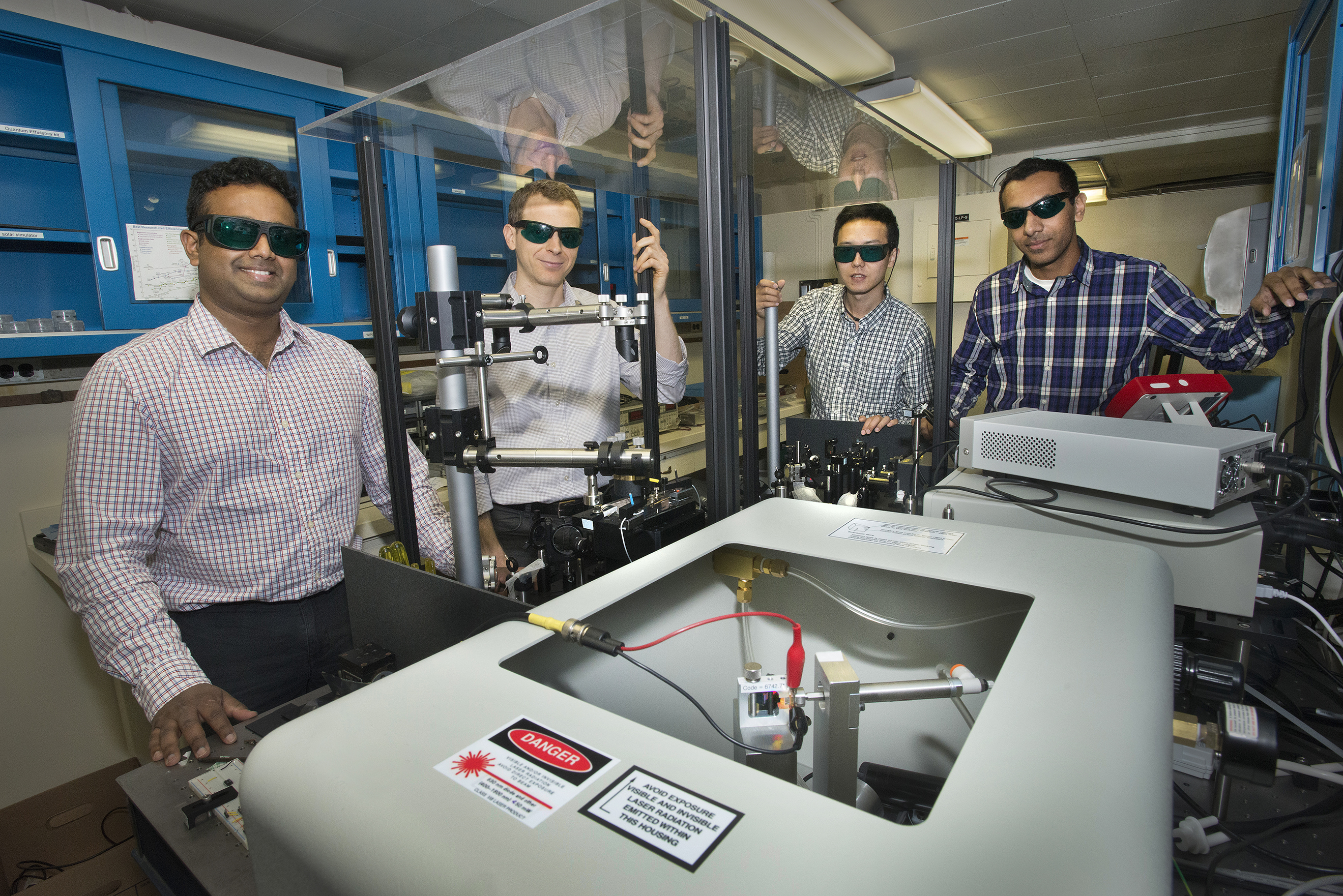Scientists in china are developing a solar panel that could be used to generate power from an unlikely source rain.
Graphene solar panels 2016.
There are a number of variations of heterojunction solar cells and how graphene derivatives can be added into them including as photoactive layers transparent electrode and galliumarsenide gaas solar cells.
Graphene layer could allow solar cells to generate power when it rains date.
Earlier this year a team from the uk was able to create a graphene based material that s very effective at absorbing ambient heat and light and which could eventually lead to solar panels that can work with the diffuse sunlight that finds its way indoors.
Graphene layer could allow solar cells to generate power when it.
Graphene has also been shown to outperform ito as transparent electrodes for solar panels especially when four of those sheets were stacked together.
However a recent development in graphene based solar panels could possibly change the game.
Graphene heterojunction solar cells are definitely the most extensively studied and used graphene based solar cell.
April 11 2016this article is more than 2 years old.
April 6 2016 source.
Researchers from the ocean university of china claims that graphene based solar cells could draw out energy from raindrops that fall on to the panel by sucking the minimal amount of salt in the liquid.
Solar energy is on the rise.
Graphene is not only being used as a transparent and flexible e.
Graphene layer could allow solar cells to generate power when it rains.
Many technical advances have made solar cells quite efficient and affordable in recent years.
Graphene in solar panels allows the solar panels to work even during the toughest weather.
With the development of supercapacitator technologies for solar cells using graphene a slow but sure revolution is brewing in the generation and storage of renewable energy.

